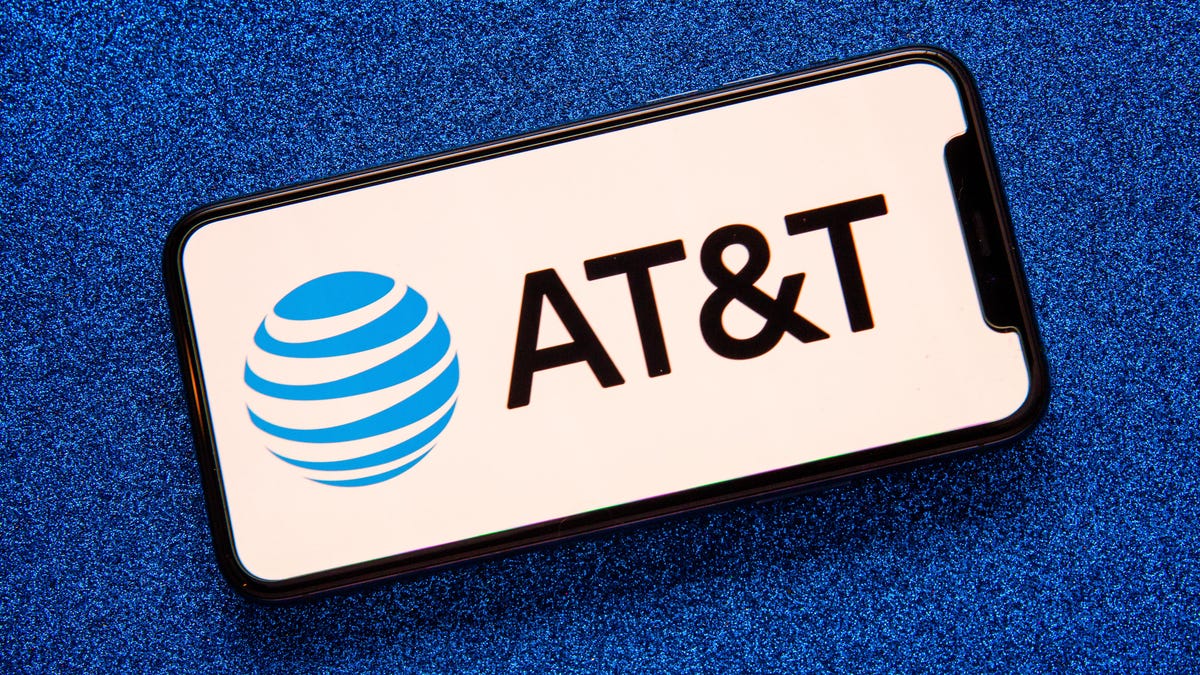AT&T's Latest 5G Midband Network Will Support More of Its Older Devices
Devices as old as 2020's iPhone 12 will be getting software updates to connect to AT&T's latest 5G network.

Editor's note, Sept. 8: AT&T has walked back its promise to upgrade older phones and tablets and is in fact limiting 3.45GHz support to newer devices, starting with 2022 flagship phones such as the Galaxy S22 and iPhone 14 lines. For more details, see our story here.
Our original story follows below.
AT&T is updating its list of devices that will be capable of connecting to its latest 5G midband networks. After originally saying that it might only enable support for its new 3.45 GHz network on some of the latest and greatest 2022 devices, the nation's third-largest carrier now tells CNET it will bring support for the spectrum to all of its devices that currently support its C-band spectrum.
That list as of press time consists of over 30 products, including all 5G iPhones going back to 2020's iPhone 12 line, the Samsung Galaxy S21 and S22 lines and Google's Pixel 6 and 6 Pro.
Other devices on the list include Samsung's foldable phones (Z Flip 3 and 4 along with Z Fold 3 and 4), Apple's 5G iPads and a variety of budget phones from Motorola (G Stylus 5G, 2021 G Stylus and 2022 Moto G 5G) and Samsung (A53 5G, A13 5G). Samsung's Galaxy Tab S8 FE 5G tablet, Netgear's Nighthawk M6 and M6 Pro hotspots will also gain support for the new spectrum.
The carrier would not give an exact timeline for when the software updates will be rolled out, but according to Chris Sambar, AT&T's executive vice president of network, they should arrive "by the end of the year."
When you consider that the carrier has increasingly been offering deals incentivizing users to upgrade to 5G devices on 36-month installment plans, extending support to older devices like 2020's iPhone 12 will be important for allowing those locked into a device payment plan to be better able to utilize more of AT&T's 5G network as it continues to expand.
The midband key
This update will be particularly important for AT&T users as the 3.45 GHz spectrum will help make up AT&T's midband 5G footprint. The carrier spent $9.1 billion on this spectrum, and together with similar C-band airwaves it acquired last year, it aims to cover 200 million people with these midband 5G networks by the end of 2023.
AT&T says that both the C-band and the 3.45GHz frequencies can work together, allowing the company to offer better performance than if it were relying solely on C-band. Sambar notes that while not every cell site will have access to both 3.45GHz and C-band, the "majority" will get both bands.
When it comes to 5G, having midband spectrum is proving to be incredibly valuable. Although there are three different "flavors" of 5G (low-band, midband and a higher-frequency millimeter-wave), wireless service delivered over the midband spectrum offers the best combination of range and speed improvements. This is why all three major US operators have spent so much money acquiring and deploying network upgrades on these frequencies.
In an interview with CNET, Sambar says that the carrier now covers over 80 million people with its C-band network and will strive to "approach" availability to 100 million people by end of this year.
By comparison, rival Verizon already covers 100 million people with its C-band 5G network and aims to reach over 175 million people this year. T-Mobile, meanwhile, continues to lead the field with its midband coverage and reaches over 235 million people today, with goals for its midband 5G to be accessible to 260 million people by the end of 2022 and to 300 million by the end of 2023.

